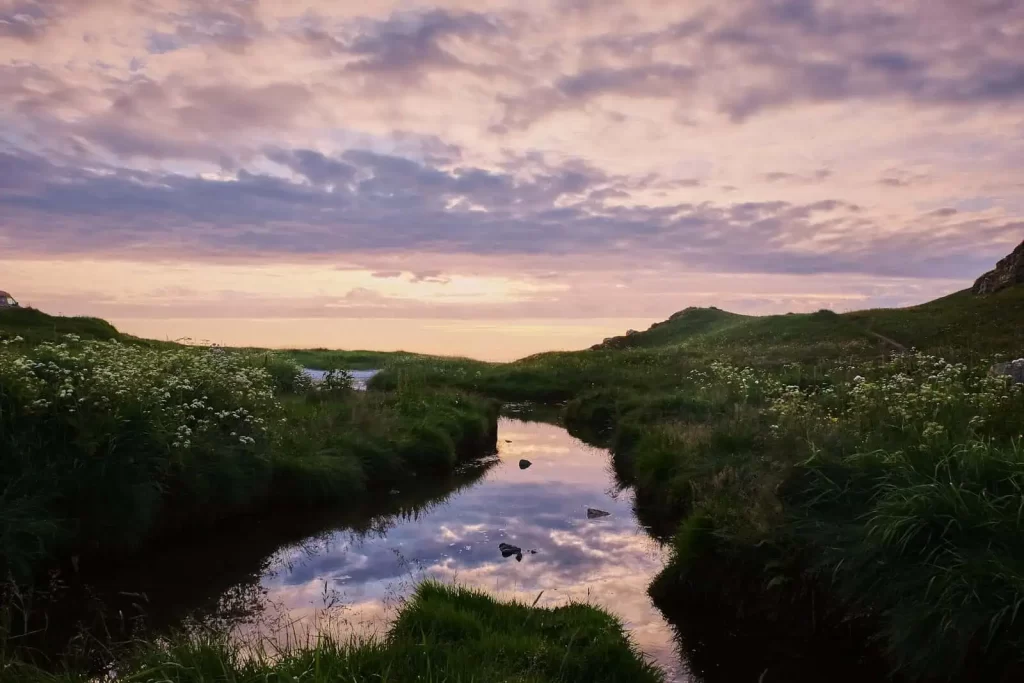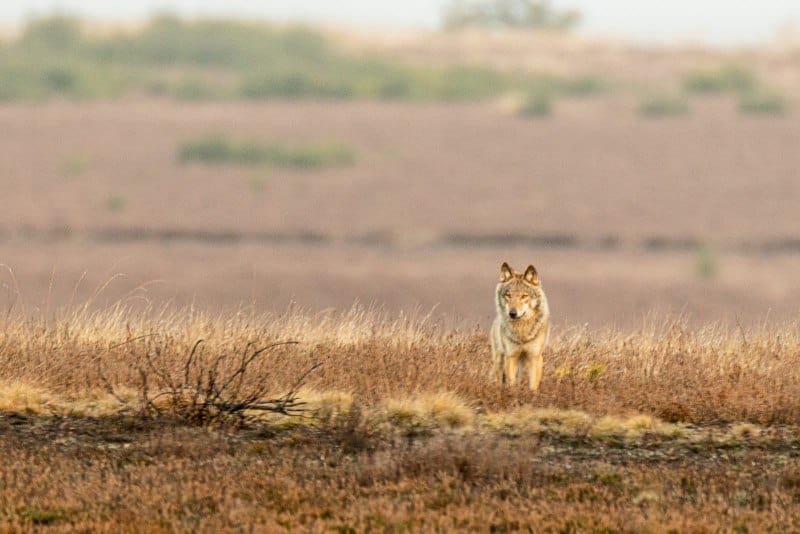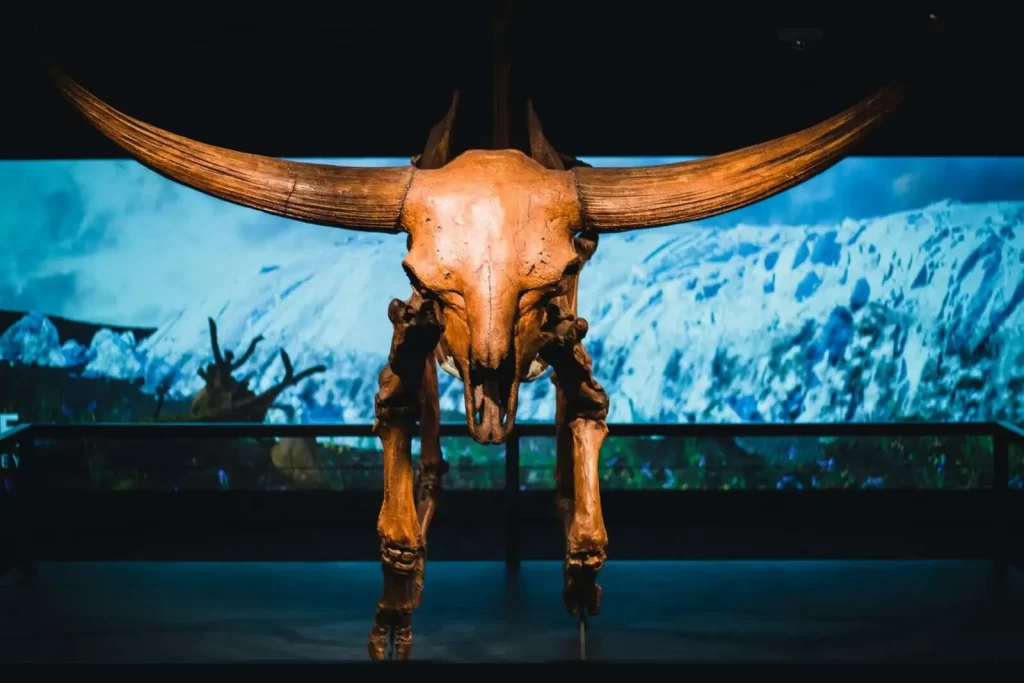Share:
Rewilding Iberia: A new perspective for conservation in the Spanish geographic context
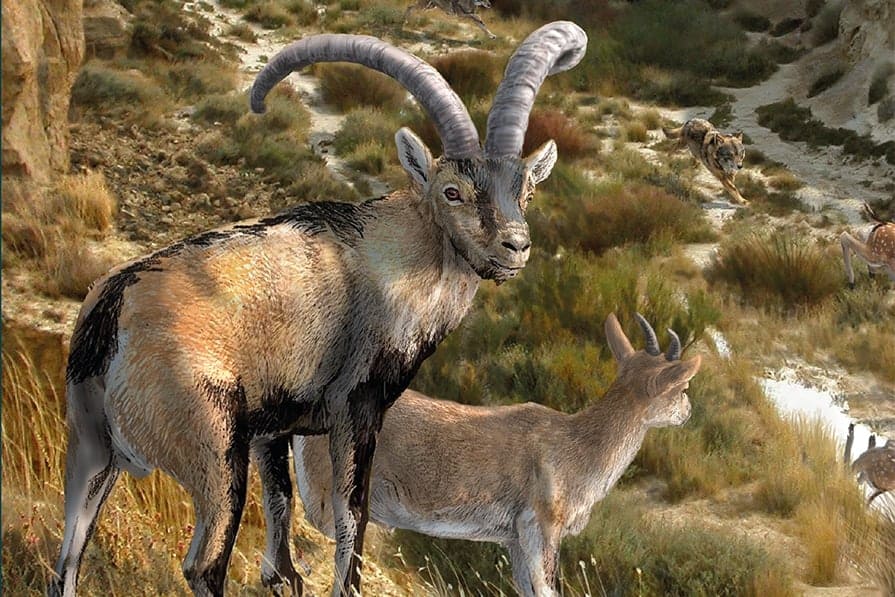
Rewilding represents a new viewpoint on nature conservation, reaching beyond to bring a more functional vision and moving into notions of rural development and reconnecting people with nature and wildness. The concept originated in North America in the nineties and has been growing and developing in Europe since 2010.
In his book “Rewilding Iberia“, author Jordi Palau presents an ambitious and pragmatic vision of rewilding. This new trend can be viewed as a desirable optimum, but also as a process that allows to improve the environment, although the theoretical maximum is never reached. Rewilding opens up new opportunities for nature and people. “Rewilding Iberia” confirms this situation, and tries to shed light on where, when and how rewilding may be possible.
The book Rewilding Iberia aims to assist rewilding in its development from theory to practice in Spain and to help extend its application to the whole of the north Mediterranean basin. The book combines academic rigour with readability, offering a complete survey of the implications of rewilding as a tool to complement the current paradigm for nature conservation, improving also its contribution to rural development.
An interview with the author.
Arend de Haas: Congrats on your inspiring new book, Rewilding Iberia. How did you become involved in conservation and national park management?
Jordi Palau: I am a Forest Engineer. Even before studying at university, I had a long-term interest in nature and the rural world, both from the point of view of biodiversity conservation and local development. This led me to work in protected areas in the Pyrenees, both in Andorra and in Catalonia. I contributed to the creation of the only three protected areas that exist in Andorra, and for ten years I directed the Alt Pirineu Natural Park. I was able to enrich this experience by taking the Europarc interuniversity Master in Protected Natural Areas. Subsequently, I have worked in other nature areas that have allowed me to understand different realities and reflect on the practice of conservation and the needs and expectations of the inhabitants that live around them.
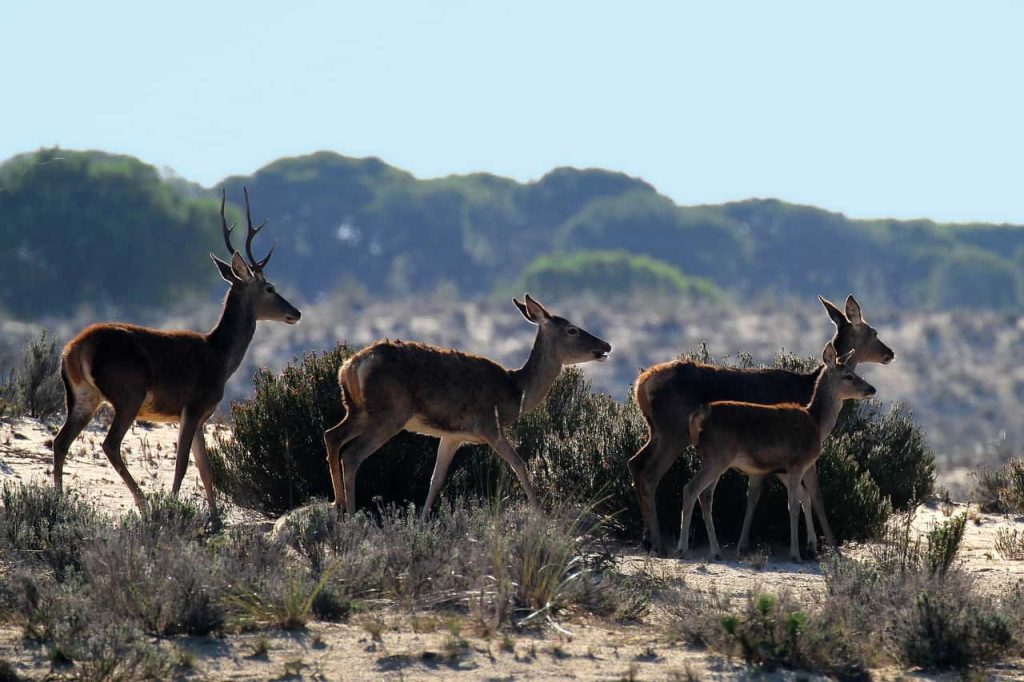
ADH: What would you say are the biggest threats to biodiversity in Spain? Does climate change affect your work and reserves?
JP: The main threats to biodiversity in Spain, I believe, come from what is called “global change”, which is the main environmental consequence of the Anthropocene. This global change includes the effects of climate change and changes in land use. The latter seem very decisive to me, either due to agrarian intensification (including the use of chemical products that affect invertebrates and the entire trophic chain), the growth of urban and industrial land, and the abandonment of traditional activities. All these scenarios suppose a substantial modification of the biodiversity that we have known. In particular, the loss of traditional uses, without functional substitutes for the missing elements, represents a change that has never occurred in history: for example, large extinct wild herbivores were replaced by domestic herbivores (livestock). But when the latter disappear and are not replaced, the ecosystem loses some key components that had always existed, and a path of homogenization begins that can explain the increased risk of large forest fires. Climate change is only making this situation worse.
ADH: Does ecological restoration play a role in your work?
JP: Ecological restoration is a part of my job, although protected area management includes many other issues. In the different areas where I have worked, I have had the opportunity to participate in projects for the restoration of degraded land, replacement of exotic tree plantations, elimination of invasive flora species, reintroduction of extinct animals (such as the cinereous vulture in Boumort Reserve), recovery of the ecological function of herbivores, or management of human-wildlife conflict (such as the brown bear in Alt Pirineu). All these projects are very interesting, but often they lack to be part of a larger objective, which puts them in context.
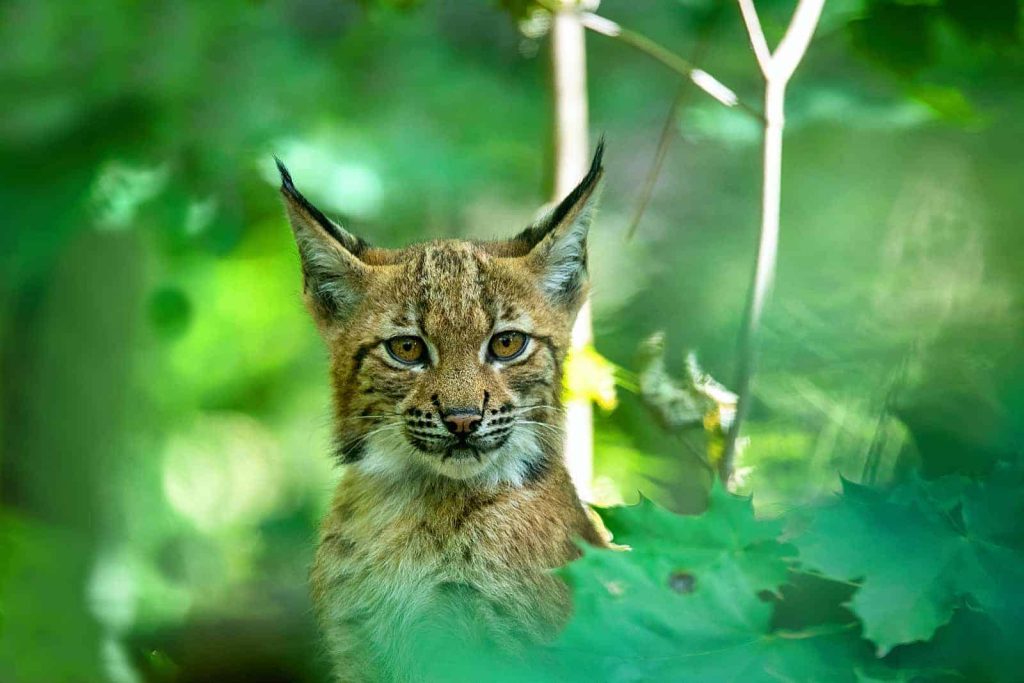
ADH: What was the reason for you to write the book Rewilding Iberia?
JP: The book “Rewilding Iberia” had its origin, precisely, in my Master thesis, presented in January 2014. For me it arises from a personal concern to address the causes of the loss of biodiversity, not so much through the recovery of one species or another, but rather by recovering the functionality of the natural processes that have been shaping current biodiversity during its evolution. I think this is the underlying idea in the concept of “rewilding”, but this concept needs to be explained, especially in Spain. Here many people have met him indirectly, without reading anything that describes or analyzes the concept in relation to the local reality, and the result is that they have been left with a “caricature”. Many people think that rewilding consists of releasing large animals for tourists to come to see them, when it has nothing to do with this; it is something much more complex. The book “Rewilding Iberia” aims to help fill this knowledge gap, so that rewilding can be understood better and valued as a land management option worth considering.
ADH: In the book you describe a set of scenarios that can be explored, from state to municipal and private land, to bioregional rewilding complexes. Are there any specific areas and corridors that would benefit ecologically from rewilding?
JP: There are certainly many areas that could benefit from rewilding from an ecological point of view. The book “Rewilding Iberia” describes the main factors that can make an area more or less suitable for rewilding. The set of factors described can be applied to different areas, which allow us to visualize what type of spaces are more favorable to use this approach. All the main Iberian mountain ranges, already protected to a great extent by the Natura 2000 Network, are ideal scenarios for ecological restoration, but also many spaces located in flat areas, moorlands or flood plains. The book tries to avoid an approach based exclusively on species and tries to emphasize natural processes, among which the role of fire, forest maturity (succession leading to old-growth forests) and hydrological and coastal dynamics also stand out. Recovering these processes in a controlled way, wherever possible and within socially acceptable limits, can bring heterogeneity to the local ecosystem, promoting the ecological mosaics that are the basis of biodiversity.
ADH: What are the economic benefits of rewilding for rural and urban communities? Can wild nature be linked to sustainable business and local livelihoods?
JP: Rewilding has to bring benefits to people, especially those who live around areas dedicated to nature conservation. There are a number of social benefits that can be derived from using this approach, which are described in Chapter 4 of the book. For example, rewilding can generate new economic opportunities related to the restoration of nature and ecological processes. One of the most intuitive is economic activity related to ecotourism (local accommodation companies, outdoor activities, nature guides, etc.), but also better opportunities for the direct sale of local products from the primary sector. Other less intuitive opportunities may derive from the creation of employment related to the management of the areas itself, or from the generation of income for compensation of ecological impacts, payment for environmental services, mitigation of environmental risks (such as floods) or carbon storage, to give some examples related to the new green economy. All of these options can directly connect the recovery of a wilder nature with the creation of employment and economic opportunities for the inhabitants of rural areas. Finally, rewilding also provides ideal spaces for health, inspiration or disconnection from modern life, something positive for city dwellers, but also for rural communities.

ADH: Are there any species that are currently extinct and/or lacking in Iberia’s ecosystems but are important to achieve ecological restoration?
JP: Fortunately, the Iberian Peninsula maintains a very rich biodiversity, in which, in one way or another, most of the key species for the health of our ecosystems subsist, although they not always survive locally. The species that constitute the ecological guilds of herbivores, carnivores and scavengers are important for the functioning of the ecosystem. One of the main challenges in this regard is to review the role played by some livestock species that keep alive the ecological function of their wild ancestors, such as cows, horses and donkeys (ecological equivalents of aurochs, tarpans and wild asses). In areas suitable for rewilding, their presence should be maintained or recovered, depending on the case, and their management adapted so that they could better imitate the ecological benefits derived from the combined action of the different species that make up the Iberian herbivorous mammal guild. On many occasions, it is a magnificent opportunity to collaborate with the livestock sector, renewing and improving its contribution to the conservation of nature.
Another challenge exists in the functional replacement of key species when their comeback is not possible: for example, where it is not feasible to recover large predators, it will be necessary to use management tools, such as hunting or livestock exploitation, or the live capture of individuals, to limit herbivore numbers and behaviour. Nevertheless, it will be necessary to modify its practice so that they imitate in the best possible way the functional role of absent predators.
ADH: Are people’s ideas about nature and rewilding changing in Spain?
JP: I think so. Both scientific knowledge and people’s ideas evolve over time, incorporate new discoveries, and can be enriched by seeing experiences that take place in other contexts. Although the changes are slow, little by little they make their way and allow new experiences to be addressed. In the case of rewilding, scientific research on natural processes and the ecological functionality of species has advanced a lot in recent years, and as this knowledge is disseminated, ideas about nature conservation are also adapting. A fundamental concept in this sense is that of the “shifting baseline syndrome”, which is opening the minds of many people regarding the state of our ecosystems and the challenges for their restoration.
ADH: Can you describe your strategic proposals to promote rewilding in Spain?
JP: Rewilding is not the solution to all environmental problems, nor is it applicable to the entire territory. In fact, it should not be perceived as a new approach in conservation that should replace what we have done so far, but as a complement to reach a broader scenario in nature conservation. In this sense, chapter 7 of the book raises different proposals at different levels. One of the most important proposals is to make the concept of rewilding better known and move away from the simplified idea that many people have formed of it. A better understanding of the natural processes that are key to the functioning of ecosystems will allow us to better identify problems and priorities, and see what can be improved in each case. Based on this recognition, rewilding can be promoted through its progressive consideration in nature conservation, rural development and land planning policies, both by administrations and by associations or entities that work in these subjects.
Jordi Palau is a Forestry Engineer and has a Master degree in Protected Natural Areas. He has actively contributed to the creation of the only three protected areas in Andorra. In 1996 he was co-author of the book Nature and ecotourism in Andorra: an option for the future. He has advised private reserves and directed several natural parks and national game reserves, among which the Alt Pirineu, the largest natural park in Catalonia (80,000 ha), and the Boumort reserve, where rewilding actions have been tested. He has traveled all over the world visiting and getting to know different areas of Africa, Eurasia and America first-hand, in some of which rewilding projects have been carried out.
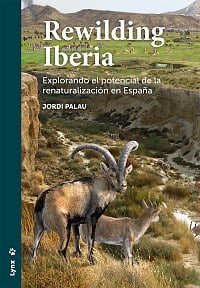
Order a copy of the book here!
Rewilding Iberia aims to assist rewilding in its development from theory to practice in Spain and to help extend its application to the whole of the north Mediterranean basin. The book combines academic rigour with readability, offering a complete survey of the implications of rewilding as a tool to complement the current paradigm for nature conservation, improving also its contribution to rural development.
Text in Spanish
Want to learn more about rewilding? Have you visited our knowledge hub on what is rewilding, and the impacts of rewilding?
Rewilding Iberia: una nueva perspectiva para la conservación en el contexto geográfico español
Rewilding representa un nuevo punto de vista sobre la conservación de la naturaleza, yendo más allá para traer una visión más funcional y avanzando hacia las nociones de desarrollo rural y reconectando a las personas con la naturaleza y la naturaleza. El concepto se originó en América del Norte en los años noventa y ha ido creciendo y desarrollándose en Europa desde 2010.
En su libro “Rewilding Iberia“, el autor Jordi Palau presenta una visión ambiciosa y pragmática del rewilding. Esta nueva tendencia puede verse como un óptimo deseable, pero también como un proceso que permite mejorar el medio ambiente, aunque nunca se alcanza el máximo teórico. Reconstruir abre nuevas oportunidades para la naturaleza y las personas. “Rewilding Iberia” confirma esta situación e intenta arrojar luz sobre dónde, cuándo y cómo es posible rewilding.
El libro “Rewilding Iberia” tiene como objetivo ayudar al rewilding en su desarrollo de la teoría a la práctica en España y ayudar a extender su aplicación a toda la cuenca norte del Mediterráneo. El libro combina el rigor académico con la legibilidad, ofreciendo un recorrido completo de las implicaciones de la rewilding como herramienta para complementar el paradigma actual de conservación de la naturaleza, mejorando también su contribución al desarrollo rural.
Una entrevista con el autor.
Arend de Haas: ¡Felicitaciones por su fantástico libro nuevo, “Rewilding Iberia“! ¿Cómo se involucró en la conservación y la gestión de parques nacionales?
Jordi Palau:
Soy Ingeniero de Montes. Desde antes de la universidad me ha interesado la naturaleza y el mundo rural, tanto desde el punto de vista de la conservación de la biodiversidad como del desarrollo local. Esto me llevó a trabajar en áreas protegidas, tanto en Andorra como en Cataluña. Contribuí a la creación de las tres únicas áreas protegidas que existen en Andorra, y durante diez años dirigí el Parque Natural del Alt Pirineu. Pude enriquecer esta experiencia cursando el Máster interuniversitario en Espacios Naturales Protegidos. Posteriormente, he trabajado en otros espacios naturales que me han permitido conocer distintas realidades y reflexionar sobre la práctica de la conservación y las necesidades y expectativas de los habitantes de su entorno.

ADH: ¿Cuáles diría que son las mayores amenazas para la biodiversidad en España? ¿El cambio climático afecta su trabajo / reserva (s)?
JP: Creo que las principales amenazas para la biodiversidad en España vienen dadas por lo que se denomina el “cambio global”, que es la principal consecuencia ambiental del Antropoceno. Dentro de este cambio global se incluyen los efectos del cambio climático y de los cambios de uso del suelo. A mí estos últimos me parecen muy determinantes, ya sea por la intensificación agraria (incluido el uso de productos químicos que afectan a los invertebrados), el crecimiento del suelo urbano e industrial, y el abandono de las actividades tradicionales. Todos estos escenarios suponen una modificación sustancial de la biodiversidad que hemos conocido. En particular, la pérdida de usos tradicionales, si no cuenta con sustitutos funcionales de los elementos ausentes, representa un cambio que no se había dado nunca en la historia: por ejemplo, los grandes herbívoros salvajes extintos fueron reemplazados por los herbívoros domésticos (el ganado). Pero cuando estos últimos desaparecen y no son sustituidos, el ecosistema pierde unas piezas clave que habían existido siempre, y empieza un camino de homogeneización que puede abonar el riesgo de grandes incendios forestales. El cambio climático no hace más que empeorar esta situación.
ADH: ¿La restauración ecológica juega un papel en su trabajo?
JP: La restauración ecológica es una parte de mi trabajo, aunque la gestión de áreas protegidas incluye muchos otros ámbitos. En los distintos espacios donde he trabajado he tenido la oportunidad de participar en proyectos de restauración de áreas degradadas, sustitución de plantaciones de árboles exóticos, eliminación de especies invasoras de flora, reintroducción de animales extintos (como el buitre negro en Boumort), recuperación de la función ecológica de los herbívoros, o gestión de la cohabitación con carnívoros (como el oso pardo en el Pirineo). Todos estos proyectos son muy interesantes, pero muchas veces les falta formar parte de un objetivo más amplio, que los ponga en contexto.

ADH: ¿Cuál fue el motivo por el que escribiste el libro Rewilding Iberia?
JP: El libro “Rewilding Iberia” tuvo su embrión, precisamente, en el trabajo final de este máster, presentado en enero de 2014. Para mí surge de una inquietud personal por abordar las causas de la pérdida de la biodiversidad, no tanto mediante la recuperación de una u otra especie, sino recuperando la funcionalidad de los procesos naturales que han sido determinantes para la biodiversidad. Creo que esta es la idea subyacente en el concepto del “rewilding”, pero este concepto necesita ser explicado, especialmente en España. Aquí mucha gente lo ha conocido indirectamente, sin leer nada que lo describa ni que lo analice en relación con la realidad local, y el resultado es que se han quedado con una “caricatura”. Mucha gente piensa que el rewilding consiste en soltar animales grandes para que vengan turistas a verlos, cuando no tiene nada que ver con esto, es algo muchísimo más complejo. El libro “Rewilding Iberia” pretende contribuir a llenar este vacío de conocimiento, para que el rewilding pueda ser conocido y, en base a ello, valorado como una opción a considerar.
ADH: En el libro, usted describe un conjunto de escenarios que se pueden explorar, desde terrenos estatales a municipales y privados, hasta complejos de rewilding bioregionales. ¿Hay áreas y corredores específicos que se beneficiarían ecológicamente de la rewilding?
JP: Sin duda, hay muchas áreas que podrían beneficiarse del rewilding desde un punto de vista ecológico. En el libro “Rewilding Iberia” se describen los principales factores que pueden hacer un área más o menos apta para el rewilding. El conjunto de factores descrito puede aplicarse a distintos ámbitos, que permiten visualizar qué tipo de espacios son más favorables para utilizar este enfoque. Todas las principales cadenas montañosas ibéricas, ya protegidas en gran medida por la Red Natura 2000, son escenarios idóneos para la restauración ecológica, pero también muchos espacios situados en zonas llanas, parameras o llanuras de inundación. El libro intenta huir de un enfoque basado exclusivamente en especies e intenta poner énfasis en los procesos naturales, entre los que destacan también el fuego, la madurez forestal y la dinámica hidrológica y litoral. Recuperar estos procesos de forma controlada, allí donde sea posible y dentro de unos límites socialmente aceptables, puede aportar heterogeneidad al ecosistema local, fomentando los mosaicos ecológicos que son la base de la biodiversidad.
ADH: ¿Cuáles son los beneficios económicos de la rewilding para las comunidades rurales y urbanas? ¿Se puede vincular la naturaleza salvaje con negocios sostenibles y medios de vida locales?
JP: El rewilding tiene que aportar beneficios a las personas, especialmente a las que viven alrededor de las áreas dedicadas a la conservación de la naturaleza. Existen distintos beneficios sociales derivados de la utilización de este enfoque, que se describen en el capítulo 4 del libro. Por ejemplo, el rewilding puede generar nuevas oportunidades económicas relacionadas con la restauración de la naturaleza y de los procesos ecológicos. Una de las más intuitivas es la actividad económica relacionada con el ecoturismo (empresas locales de alojamiento, actividades al aire libre, guías de naturaleza, etc.), pero también unas mejores oportunidades para la venta directa de productos locales procedentes del sector primario. Otras oportunidades menos intuitivas pueden derivar de la creación de empleo relacionado con el propio manejo de las áreas, o de la generación de ingresos por compensación de impactos ecológicos, pago por servicios ambientales, mitigación de riesgos ambientales (como inundaciones) o almacenaje de carbono, por poner algunos ejemplos vinculados con la nueva economía verde. Todas estas opciones pueden conectar directamente la recuperación de una naturaleza más salvaje con la creación de empleo y oportunidades económicas para los habitantes de las zonas rurales. Finalmente, el rewilding aporta también espacios ideales para hacer salud, inspirarse o desconectar de la vida moderna, algo positivo tanto para las comunidades rurales como para los habitantes de las ciudades.

ADH: ¿Existe alguna especie actualmente extinta y / o ausente en los ecosistemas de Iberia pero que sea importante para lograr la restauración ecológica?
JP: Afortunadamente, la península Ibérica mantiene una biodiversidad muy rica, en la que, de un modo u otro, subsisten la mayor parte de especies clave para la salud de nuestros ecosistemas, aunque no siempre se mantienen localmente. Las especies de los gremios ecológicos de los herbívoros, los carnívoros y los carroñeros son importantes para el funcionamiento del ecosistema. Uno de los principales retos en este sentido consiste en revisar el papel que juegan algunas especies ganaderas que mantienen viva la función ecológica de sus antepasados salvajes, como vacas, caballos y asnos (equivalentes ecológicos de uros, tarpanes y encebros). En áreas adecuadas para el rewilding debería mantenerse o recuperarse su presencia, según el caso, y adaptar su manejo para que pudieran imitar mejor los beneficios ecológicos derivados de la acción combinada de las distintas especies que configuran el gremio de mamíferos herbívoros ibéricos. En muchas ocasiones, se trata de una magnífica oportunidad para colaborar con el sector ganadero, renovando y mejorando su aportación a la conservación de la naturaleza.
Otro reto consiste en la sustitución funcional de las especies clave cuando su retorno no sea posible: por ejemplo, donde no sea factible recuperar grandes depredadores, será necesario utilizar herramientas de gestión, como el aprovechamiento cinegético o ganadero, o la captura en vivo de ejemplares, pero modificando su práctica para que imite de la mejor forma posible el papel funcional de los depredadores ausentes.
ADH: ¿Están cambiando las ideas de la gente sobre la naturaleza y la rewilding en España?
JP: Creo que sí. Tanto el conocimiento científico como las ideas de las personas evolucionan con el tiempo, incorporan nuevos descubrimientos y pueden enriquecerse viendo experiencias que tienen lugar en otros contextos. Aunque los cambios son lentos, poco a poco se van abriendo camino y permiten abordar nuevas experiencias. En el caso del rewilding, la investigación científica sobre los procesos naturales y la funcionalidad ecológica de las especies ha avanzado mucho en los últimos años, y a medida que estos conocimientos son divulgados, las ideas sobre la conservación de la naturaleza también se van adaptando. Un concepto fundamental en este sentido es el del “shifting baseline syndrome”, que está abriendo la mente de muchas personas respecto el estado de nuestros ecosistemas.
ADH: ¿Puede describir sus propuestas estratégicas para promover la rewilding en España?
JP: El rewilding no es la solución a todos los problemas ambientales, ni es tampoco aplicable a la totalidad del territorio. De hecho, no debe percibirse como una nueva conservación que debe sustituir lo que hemos hecho hasta ahora, sino como un complemento para alcanzar un escenario más amplio en la conservación de la naturaleza. En este sentido, el capítulo 7 del libro plantea diferentes propuestas a distintos niveles. Una de las más importantes es dar a conocer el concepto del rewilding y alejarlo de la idea simplificada que mucha gente se ha formado del mismo. Una mejor comprensión de los procesos naturales clave para el funcionamiento de los ecosistemas nos permitirá identificar mejor los problemas y las prioridades, y ver qué puede mejorarse en cada caso. En base a este reconocimiento, el rewilding puede promoverse mediante su consideración progresiva en las políticas de conservación de la naturaleza, desarrollo rural y ordenación del territorio, tanto por parte de las administraciones como de las asociaciones o entidades que trabajan en estos ámbitos.
Jordi Palau es Ingeniero de Montes y Máster en Espacios Naturales Protegidos. Ha contribuido activamente a la creación de las tres únicas áreas protegidas de Andorra. En 1996 fue coautor del libro Naturaleza y ecoturismo en Andorra: una opción de futuro. Ha asesorado a reservas privadas y dirigido varios parques naturales y reservas nacionales de caza, entre los cuales el Alt Pirineu, el parque natural más grande de Cataluña (80.000 ha), y la reserva de Boumort, donde se han testado acciones de rewilding. En estos espacios se ha ocupado de aspectos como la gestión de los hábitats y las especies de fauna y flora, la gestión de la caza mayor, el ecoturismo y el desarrollo rural. Ha viajado por todo el mundo visitando y conociendo de primera mano diferentes espacios de África, Eurasia y América, en algunos de los cuales se han llevado a cabo proyectos de rewilding.

